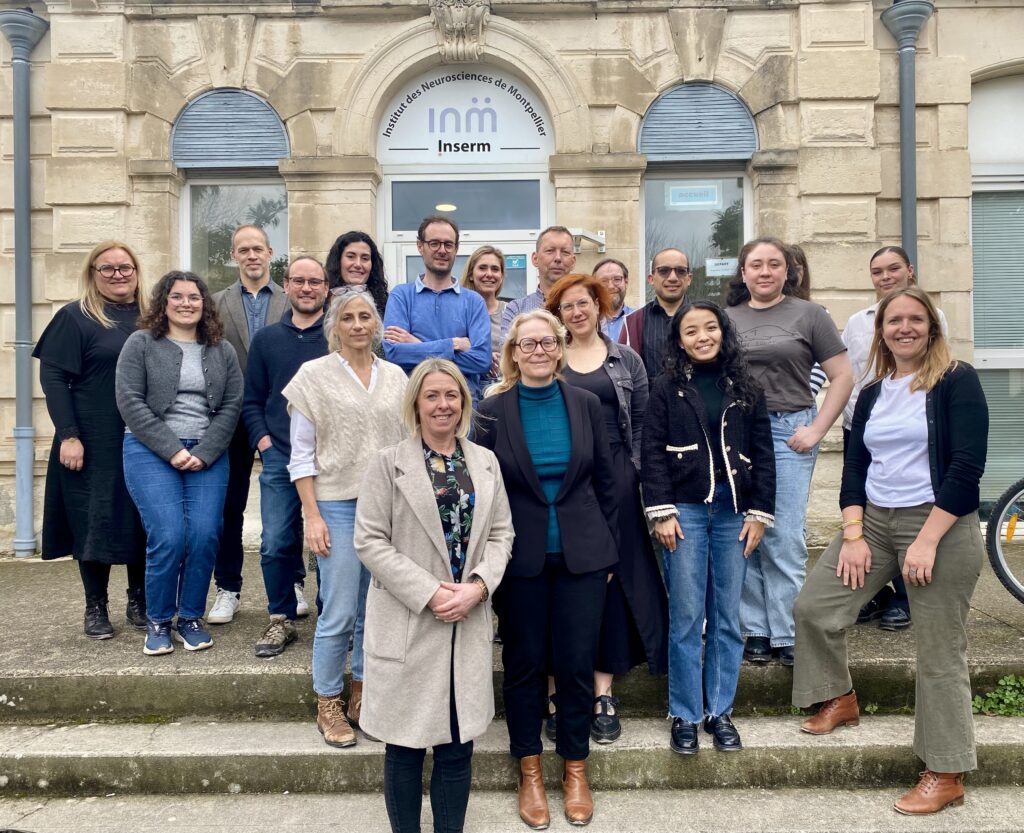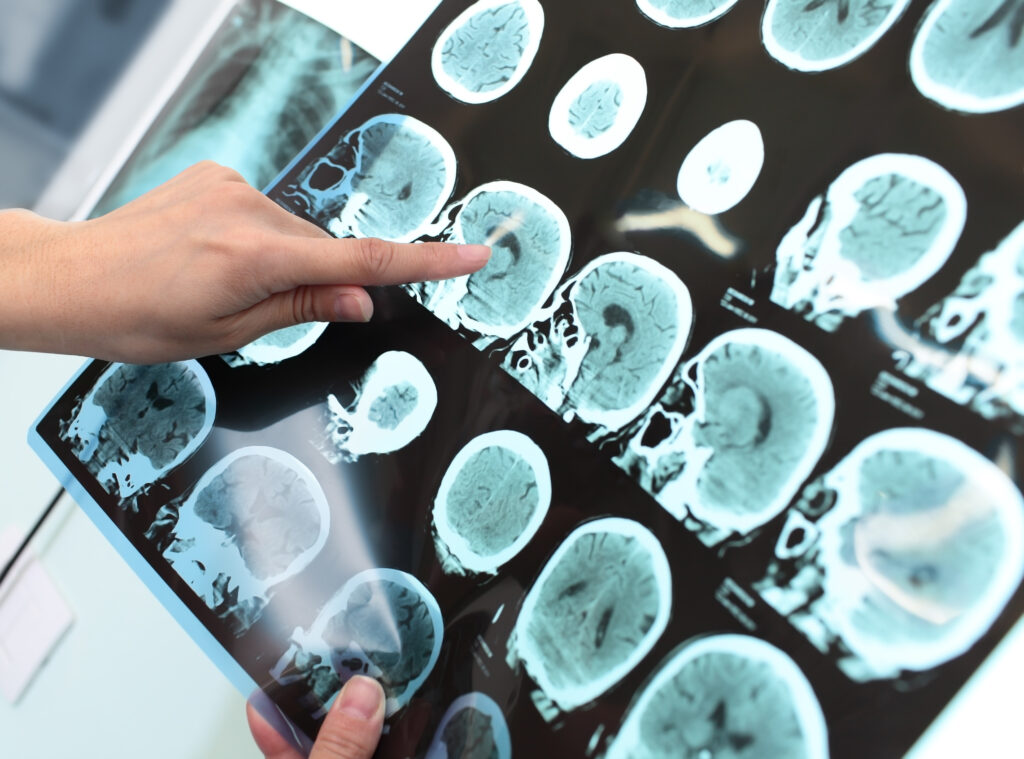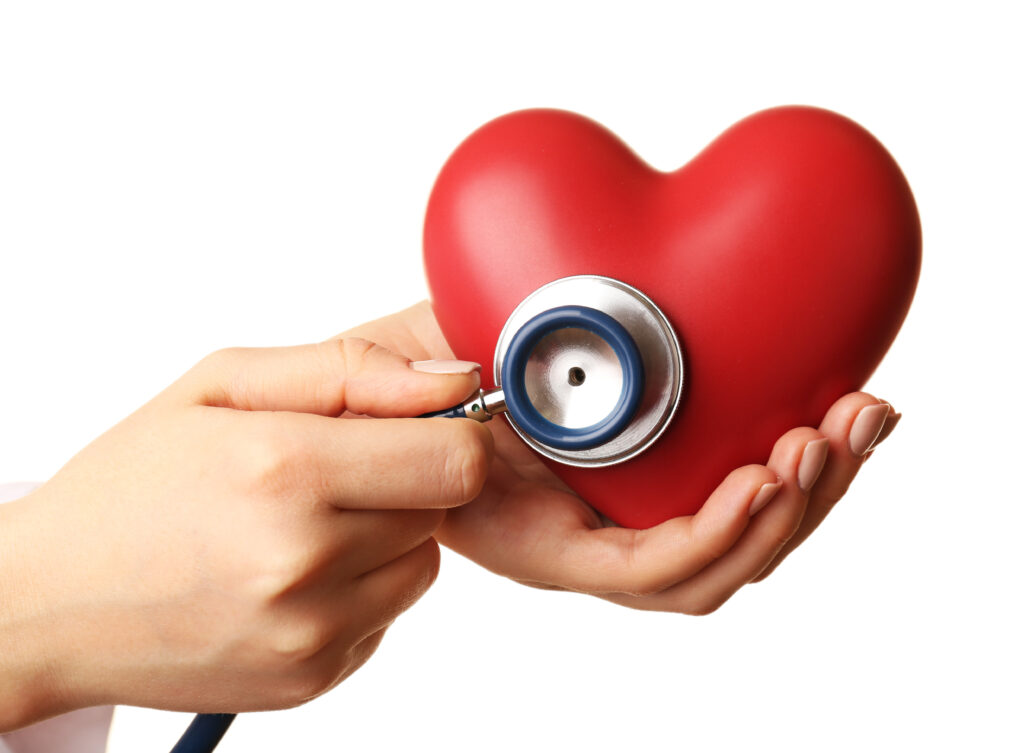
Recherche sur la santé de précision au DoPH
Please scroll down to view the thematic videos about DoPH research activities in the domain of precision health
Diet and nutrition in the context of Precision Public Health
A balanced diet can prevent up to 80% of heart diseases and almost all cases of type 2 diabetes. It positively influences our body, e.g. by improving blood lipids, reducing hypertension or the risk of osteoporosis. However, personal responses to diet differ from person to person, depending on our genes, their interaction with the environment, the life-style or microorganisms in our gut. A personalised diet, adapted to an individual’s profile, may be more effective than introducing the same diet to everyone having a certain disease or health condition.
The talk by Dr. Torsten Bohn, Head of the Nutrition and Health Research Group (NutriHealth) gives an overview about dietary aspects, related health outcomes, and potential possible nutrition approaches within precision public health.
Precision Prevention in sports and for active living promotion
Health benefits of physical activity and sport are well-documented by research. By now, sport researchers mostly concentrated on differences between testing conditions or tested groups and less on the natural variability between people. In the era of precision health, exercise and physical activity should be tailored to the profile of an individual person to optimize the preventive or treatment effect.
In his talk, Dr. Laurent Malisoux, Head of the Physical Activity, Sport & Health (PASH) group explains the importance of injury prevention in running, the most popular form of physical activity. He also introduces you into the pioneer wearables-based indicators of physical activity, relevant for research prevention and healthcare used within the PASH group.
Precision Health for sleep disturbances and its role in the prevention of chronic disease
Sleeping disorders are frequent in the population and associated with a higher risk of accidents or chronic diseases, lower productivity, problems with mental health, and an overall decreased quality of life. But prevention, assessment and treatment of sleep disturbances need to be improved. The emerging sleep technologies, e.g. wearables and devices used in the patient’s home, improve diagnosis, evaluation and research in real-life conditions. They also lower healthcare costs and contribute to the development of precision health strategies related to sleep.
In her talk, Dr Gloria Aguayo from the Deep Digital Phenotyping group (DDP) introduces you to analysing sleep disturbances and their role in the development of chronic diseases.
Exposome assessment with biomonitoring approaches
Among the different components of the human exposome environmental pollutants and contaminants present in food and place of living have direct impact on our health. But we do not know exactly how harmful they are. For a large part of them we cannot point out to any exact numbers. The main difficulty is to correctly assess exposure. This is where the team of Dr. Brice Appenzeller from the Human Biomonitoring Research Unit (HBRU) at the Department of Precision Health (DoPH) of the Luxembourg Institute of Health (LIH) comes into play. The group focuses on the development of novel strategies for a better assessment of human exposure to chemical agents.
In his talk, Dr. Brice Appenzeller gives introduction into the methods of assessment of the human exposome and related biomonitoring approaches.
The DoPH focuses on epidemiological, clinical and public health research including digital health, lifestyle, human biomonitoring, health economics and sociodemographic inequalities to advance the field of precision health.
RNA biomarkers of cardiovascular disease
RNAs are small molecules in our body that carry instructions extracted from our genome. Coding RNAs transfer a recipe for building proteins, some non-coding RNAs regulate gene expression while the role of others is unknown. The Cardiovascular Research Unit (CVRU) aims to better understand the role of RNAs in heart and brain diseases. The researchers from the group investigate non-coding RNAs (microRNAs, long non-coding RNAs, and circular RNAs) and their role in regulating the development of diseases and potential for drug development for personalized prevention and health care.
In his talk, Dr. Yvan Devaux, Head of the CVRU, will introduce you into the world of RNAs and their role as biomarkers for cardiovascular disease.
Deep digital phenotyping for Precision Health
The digitisation of public health is transforming the way how populations and patients are characterised and monitored. It enables providing more personalised healthcare by taking into account both the physiological and contextual specificities of individuals. To move towards precision health, it is necessary to develop innovative approaches that encompass digital, biological, clinical and omics data. The Deep Digital Phenotyping (DDP) research unit works on the use of digital health technologies to identify digital biomarkers for enhanced disease monitoring.
In his talk, Dr. Guy Fagherazzi, Head of the DDP, describes the need for more large-scale, deep digital phenotyping to advance towards precision health. He describes why and how to combine real-world digital data with clinical data and omics features to identify someone’s digital twin, and how to finally enter the era of patient-centered care and modify the way we see disease management and prevention thanks to the use of digital vocal biomarkers.
Contribution of neuroimaging to personalised Precision Health strategies
The goal of precision prevention is to improve the early detection of populations at risk and enable appropriate intervention with the concerned population. To reach this, one needs to modernize current public health surveillance, epidemiology, and information systems, as well as introduce new analysing methodologies.
Dr. Magali Perquin applies non-invasive functional magnetic resonance (fMRI) to analyse to understand brain functioning. In her talk, Dr Perquin, will explain how neuroimaging, initially linked to medical applications, can be used in precision prevention and what directions need to be taken to better valorise neuroimaging in precision public health.
Motion Capture with markerless and monocular AI-driven systems – New tools for digital health
Activity and movement can modulate the risk for many diseases. This is why it is extremely important to be able to characterise the “human actome” i.e. a set of markers describing an individual’s movement. The gold standard to assess movement is 3D kinematic motion capture using body-fixed markers and optical cameras, which although very precise, is also time-consuming and lab-bound. Latest developments in camera hard- and software, artificial intelligence (AI) and computer vision (CV) may deliver new solutions. A new era of markerless 3D motion capture is approaching!
Dr. Bernd Grimm, Head of the Human Motion, Orthopaedics, Sports Medicine and Digital Methods (HOSD) group at the Department of Precision Health (DoPH), talks about the emerging tools for capturing the individual actome of humans. He explains how they can be used in clinical labs and beyond (home, sports field, etc.).
Real world healthcare data in medicine – How to get it?
Digital tools used in research and patient care are able to measure new type of parameters. Wearable sensors can record objective patient outcomes, while smartphone-based questionnaires are able to capture more subjective patient reported outcomes & experience measures (PROMs/PREMs). These new “digital outcomes” are usually recorded for clinical research under study design conditions. However, they could also be recorded from everyday healthcare procedures (“real-world-data ») in a standardized setting (e.g. at the doctor’s office, hospital, therapist outpatient unit, etc.) or semi-/non-standardized from the patients´ everyday environment. The assessment of digital outcomes under these real-world conditions though requires a substantial change in the assessment procedures to acknowledge the context factors that influence the measures.
Inhis talk Prof. Jochen Klucken, Head of Digital Medicine group (dMED) explains what the real-world-data is and in particular discusses the possible application of the new digital outcomes in medical research and healthcare.
Socio-environmental determinants of cardiometabolic health
Environmental factors concern all those factors which are external to an individual, including the physical, natural, social and behavioural factors, all of which strongly influence peoples’ health. In order to implement effective precision public health approaches to improve the health of the population, it is essential to characterise the social, behavioural, and natural environments, together with taking into account a diversity of people and contexts.
In her talk Dr. Maria Ruiz-Castell discusses the impact of factors such as lifestyle (e.g. sedentary lifestyle or unbalanced diet) and environmental conditions on cardio-metabolic diseases.






